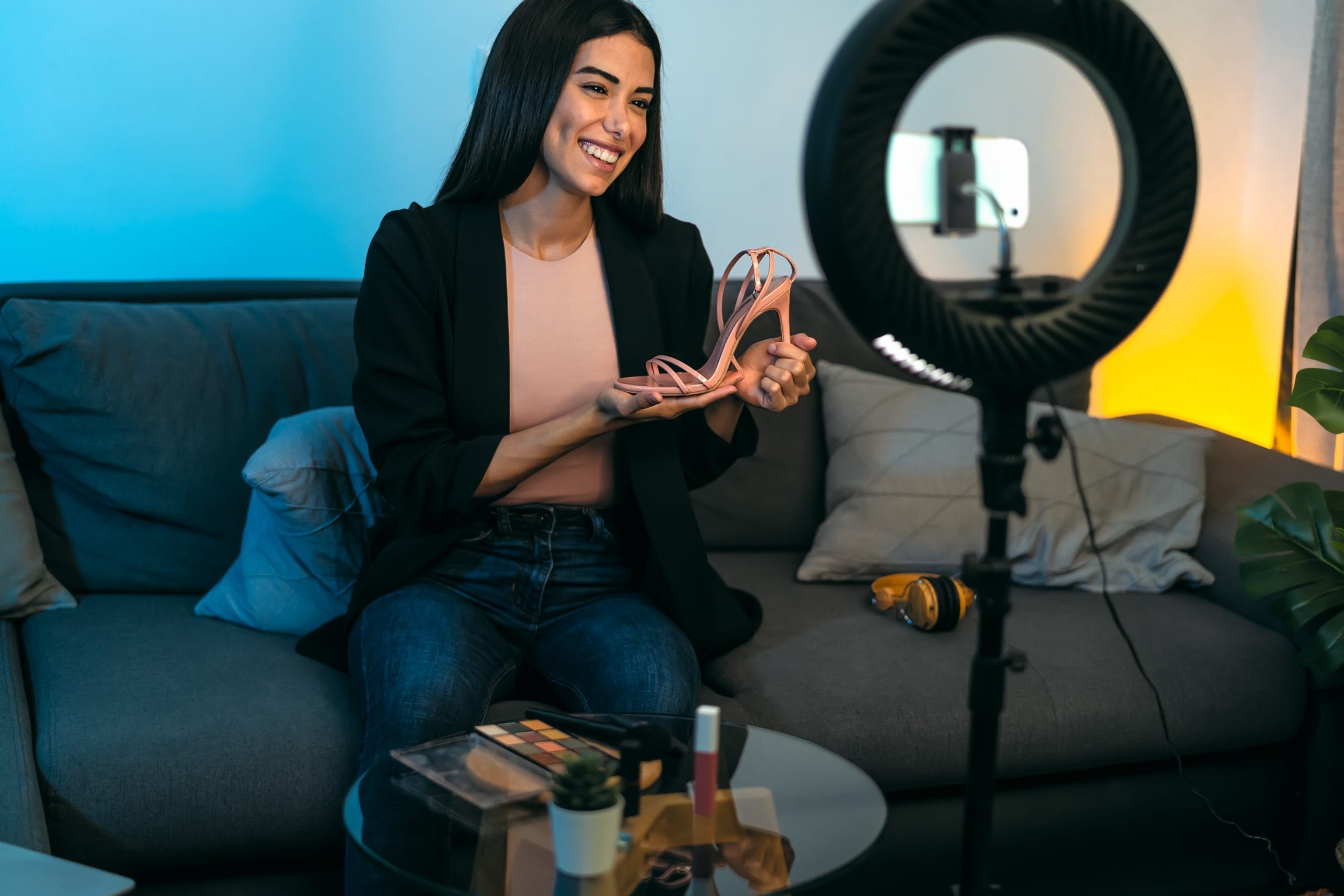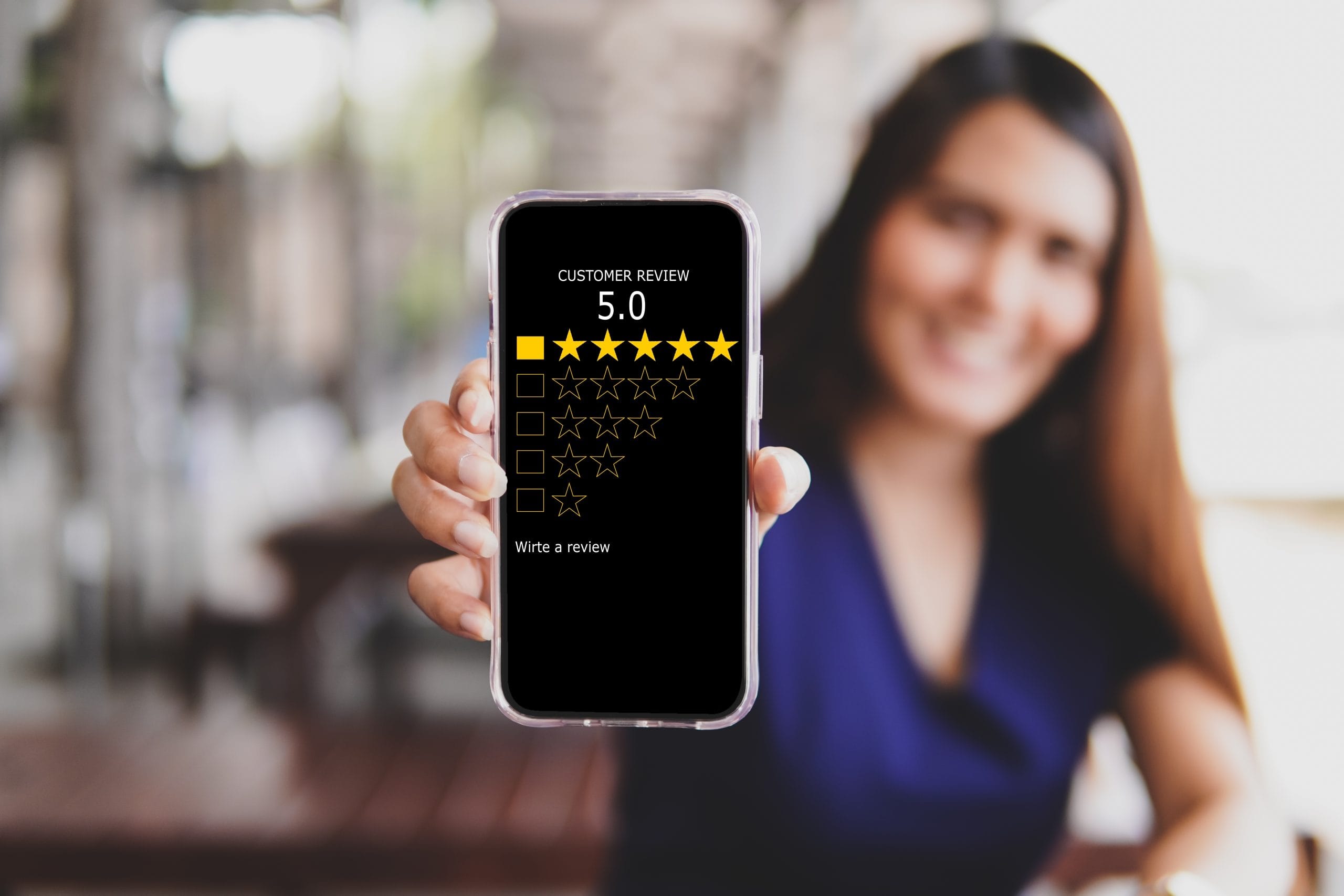


Exploring Licensing Deals in the Toy Industry

Licensing has become one of the most dynamic and influential mechanisms in the toy industry. At its core, licensing is the process where a company—the licensee—obtains the rights to use intellectual property (IP) owned by another party—the licensor—to develop, manufacture, and sell products under a mutually agreed arrangement. While it is commonly associated with entertainment characters, licensing stretches far beyond cartoons and movies.
For business owners looking to enter or expand within the toy sector, licensing can provide a powerful competitive edge. Rather than building brand recognition from scratch, licensees can align with IP that already has a dedicated following. This shortcut to market trust has turned many toys into household staples, even before the packaging hits the shelves.
How Iconic IP Drives Sales in Toy Aisles
Children do not just play with toys—they play with characters and stories. When a brand like PAW Patrol or Spider-Man is attached to a toy, the emotional connection often drives faster purchase decisions. It is not only about recognition; it is about attachment.
Toy manufacturers like Spin Master and Hasbro have built entire product lines on strategic licensing deals. Hasbro, for instance, gained massive traction through its long-standing relationship with Star Wars and Marvel properties. These collaborations have led to billions in revenue and helped maintain relevance in a rapidly evolving market.
Different Types of Licensing in the Toy Industry
The toy industry engages in various types of licensing arrangements, depending on the business goals, target demographics, and retail strategy. Character and entertainment licensing is the most well-known format, often involving properties from film, TV, or gaming franchises. These include everything from Super Mario to Bluey.
There is also brand licensing, where a non-toy company extends its IP into toys. Consider how Crayola has licensed its brand into plush toys, games, and even slime. Educational and lifestyle brands like National Geographic have also expanded into toys to support their broader mission.
In addition, celebrity and influencer licensing is growing fast, especially with the rise of social media-based toy lines. Kids’ YouTube stars such as Ryan’s World have proven this model works, with toy aisles increasingly reflecting personalities children follow online.
Why Licensing Is Appealing for Entrepreneurs
For startups and emerging entrepreneurs, licensing offers an entry point into the toy industry that bypasses some of the toughest hurdles. Developing a new toy from scratch takes time, money, and a deep understanding of market preferences. Licensing a known brand or character mitigates the risk by building on preexisting demand.
Additionally, licensing helps with shelf placement. Retail buyers are more likely to accept products tied to familiar IP because it reduces the marketing burden. Large retailers like Target and Walmart look favorably on products that can immediately resonate with their customer base.
Licensing also plays a critical role in seasonal selling. Holiday releases or movie tie-ins can create significant revenue spikes if timed properly. Strategic planning around pop culture release calendars can drive both brand awareness and sales velocity.
Licensing Deal Structures and What to Know
While licensing offers exciting possibilities, the structure of these deals can be complex. Most licensing agreements involve an upfront advance, followed by ongoing royalty payments based on a percentage of wholesale or retail sales. Some licensors may also require minimum guarantees—predetermined payments regardless of actual performance.
Entrepreneurs entering licensing for the first time should carefully review exclusivity terms, geographic restrictions, length of term, and how product approvals will be handled. Legal counsel familiar with IP and entertainment law is a necessity here.
Negotiations often depend on the strength of the licensor’s brand and the licensee’s ability to execute. A smaller company with proven distribution or a unique product concept might still land a deal with a top-tier brand if they present a compelling pitch.
Trends Shaping the Future of Toy Licensing
Several major shifts are shaping how toy licensing evolves. First, the rise of streaming services has broadened the number of viable IPs available. Shows on Netflix, Disney+, and Amazon Prime Video are spawning new characters and stories ripe for merchandising.
Second, the toy industry is increasingly integrating digital and physical experiences. Companies like PlayShifu are blending augmented reality with educational toys, and licensing deals now often include digital rights, not just physical product rights.
Third, sustainability is starting to influence licensing decisions. Brands with a commitment to eco-conscious materials or ethical manufacturing are becoming more attractive to licensors who want to align with future-forward values. Toy makers like Green Toys and Lovevery show that there is room for values-driven branding in licensed products.
Finally, the expansion of global markets is leading licensors to seek partners who understand international consumer trends. What resonates in the U.S. might not work in South America or Asia, so localized licensing strategies are emerging as a competitive advantage.
Intellectual Property Protection and Brand Value
Licensing revolves around intellectual property, making IP protection a key concern for all involved. Licensors must confirm that their trademarks, copyrights, and patents are properly registered and actively defended. Licensees, on the other hand, need assurance that the IP they are licensing is enforceable and not likely to become the target of litigation.
Disputes can arise over royalty calculations, product quality, and unauthorized extensions of rights. Clarity in the agreement can prevent many of these issues. Both sides must understand what is permitted and what is not—from using logos in marketing materials to creating derivative works.
The strength of a licensing relationship depends not just on paperwork but on mutual trust and shared incentives. When managed well, the deal becomes more than a legal contract—it becomes a strategic alliance that benefits both companies long term.

Case Studies and Notable Deals
A standout example of effective licensing is the collaboration between LEGO and multiple entertainment properties. Their sets tied to Harry Potter, Star Wars, and Minecraft have consistently topped sales charts and reinvigorated interest among both young fans and adult collectors.
Another success story is Moose Toys, which licensed the Bluey brand. What began as an Australian preschool show became a global sensation, with toy sales surging thanks to smart retail placement and emotional storytelling.
Meanwhile, lesser-known toy makers like Basic Fun! have carved out licensing deals with nostalgic IPs such as Lite-Brite and My Little Pony. They combine throwback appeal with modern play features, proving that even smaller companies can make big moves when they find the right fit.
Final Thoughts
Licensing deals in the toy industry are not just about slapping a familiar character onto plastic. They involve careful planning, negotiation, and alignment between creators and manufacturers. For business owners and aspiring toy entrepreneurs, the path to success often lies in finding the right brand match, building the operational capability to deliver quality products, and staying attuned to pop culture and shifting consumer values.
Whether the goal is to enter the toy market or scale an existing product line, licensing offers a strategic bridge to credibility and growth. When executed thoughtfully, it creates lasting value for everyone involved—brand owners, manufacturers, and the children who bring these products to life.





